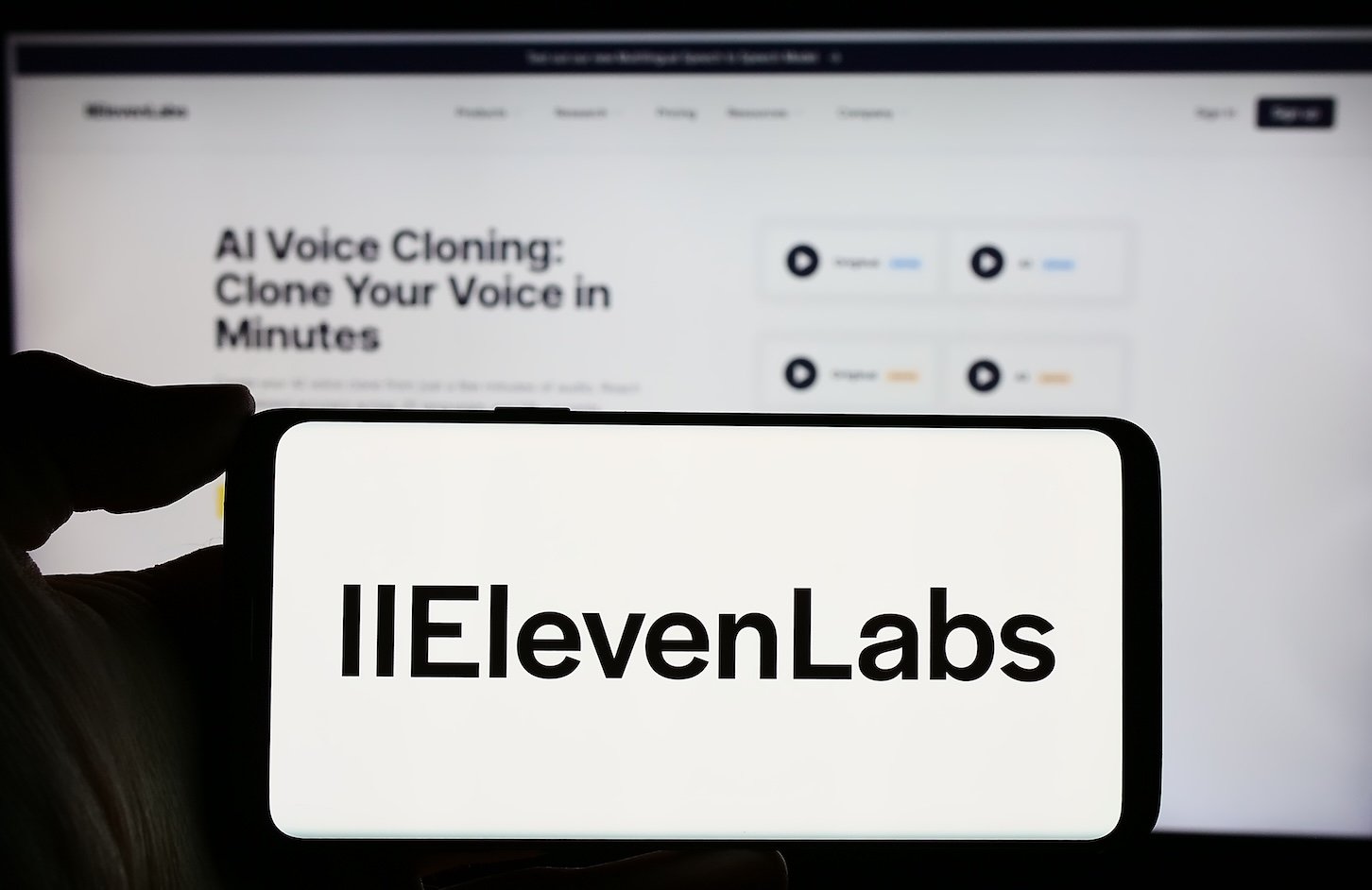Pricing and Pricing Tiers
If you have just one PC, then McAfee’s singular price point of $49.99 per year is a reasonable fit. A good many competitors cost the same for a one-device license, though the price for many is less. When it comes to protecting more devices, though, McAfee’s deal isn’t so great, as there’s no volume discount.
Malwarebytes starts off a bit cheaper, at $44.99 per year for one device. But for more than one, the price is $39.99 plus $10 for each additional computer, all the way up to $229.99 for 20. Buying McAfee individually for 20 PCs would cost nearly a grand. Malwarebytes is the clear price winner.
Winner: Malwarebytes
Independent Lab Test Scores
I closely follow the regular reports from four independent antivirus testing labs. Three of the four include McAfee in their latest reports. Experts at AV-Test Institute rate antiviruses on protection, performance, and usability, with six points available for each. The maximum possible score is 18, and that’s what McAfee got. With SE Labs, antivirus apps can earn certification at five levels: AAA, AA, A, B, and C. McAfee walked away with the top AAA certification.
The experts at AV-Comparatives handle ratings for their numerous tests differently. A product that passes gets Standard certification, while those that do more than the minimum can earn certification at the Advanced or Advanced+ level. In the three tests I track, McAfee took two Advanced+ and one Advanced. My lab scoring algorithm normalizes and combines those successes into an aggregate score of 9.8 points, with 10 being the maximum.
Malwarebytes hasn’t appeared in lab reports for a couple of years. Before that, it had worked up to some excellent scores, but those are now old. McAfee is the runaway winner in the field of lab test scores.
Winner: McAfee
Scores From Our Hands-On Tests
Not every antivirus gets scored by the labs. In some cases, the labs just don’t choose to expend resources on testing a product, while in others, the security company opts out of participating. Almost 40% of the antiviruses I follow don’t have any lab scores. But fear not—they all get scored in my own hands-on tests. By putting them through their paces, I get familiar with their every feature.
My main malware blocking test starts with a collection of malware that I refresh every year by scouring the web. Starting with thousands of possibles, I winnow them down to less than a hundred and run the finalists through my hand-coded analysis tools. I start with malware samples that are several months old, so the first apps tested with a new collection don’t run at a disadvantage. And I check each one with VirusTotal to make sure it’s truly malware.
The test is simple. I start by opening a folder containing samples and noting if the antivirus eliminates any at that point. If not, I download the samples from online storage to support antivirus software that focuses on downloads. Finally, I launch any remaining samples so the antivirus can use all of its protective features. Each antivirus gets a score on a 10-point scale based on how many samples it detected and how thoroughly it foiled the ones it did detect.
(Credit: Malwarebytes/PCMag)
More than half of recent products scored 9.0 or higher. Malwarebytes is among those, with 9.3 points. McAfee, on the other hand, really bombed its latest test, scoring just 8.5 points.
McAfee did redeem itself somewhat in my other hands-on tests. To check each app’s handling of the newest malware, I challenge it by trying to visit 100 malware-hosting URLs. If it sends the browser to a warning page, it gets credit, and I give equal credit if it blocks the dangerous download. Failure means the malware was downloaded without any action from the antivirus. McAfee earned a decent 94% in this test, handily beating the 88% score turned in by Malwarebytes. Do note that several competitors reached a perfect 100%.

(Credit: McAfee/PCMag)
My antiphishing test is similar. It reports the percentage of real-world phishing frauds detected and deflected by each antivirus. In its latest phishing test, Malwarebytes scored 95% detection, but McAfee reached 100%.
With McAfee ahead in two tests compared with just one for Malwarebytes, it might seem that McAfee wins. But I just can’t get over McAfee’s low, low score in the essential malware blocking test. That one should be easy! I’m giving the win to Malwarebytes.
Winner: Malwarebytes
VPN Protection
The first PC viruses spread when people shared floppy disks—there was no internet to nurture them. And early antivirus programs just had to disinfect local programs. Your modern antivirus also takes care of cleaning up any malware infestations on your PC, but it also has to watch for new attacks coming in by avenues like your email client and browser.
Even with these expanded duties, an antivirus can’t do anything to protect your data once it leaves the PC on its journey across the internet. That’s why smart users supplement their antivirus with a VPN (virtual private network). When you connect through a VPN, your communications are encrypted all the way from your PC to the VPN server. You’re safe from snooping, even by the owner of the shady internet café providing your connection.
Connecting through a VPN has other benefits. Your connection seems to come from the VPN server, so the sites you’re visiting don’t get access to your actual IP address (from which they could roughly get your physical location). And sites that are blocked in your own country may become available if you use a foreign VPN server.
VPNs are great. Malwarebytes offers one, and McAfee does too. But unlike some competitors, they don’t fold VPN protection into the antivirus. Neither antivirus includes this feature at all, resulting in a tie.
Winner: Tie

Get Our Best Stories!
Stay Safe With the Latest Security News and Updates

By clicking Sign Me Up, you confirm you are 16+ and agree to our Terms of Use and Privacy Policy.
Thanks for signing up!
Your subscription has been confirmed. Keep an eye on your inbox!
Firewall and Exploit Protection
A firewall prevents your computer from dangerous network connections. That could mean a targeted attack from the internet (or from within the network you’re using) or a program on your PC using the network for malicious purposes. Antivirus and firewall work in harmony, one preventing malware attacks by programs and the other fending off network-based attacks.

(Credit: McAfee/PCMag)
Many companies reserve firewall protection as bait to encourage updating from antivirus to the full security suite. McAfee includes it as a feature of the antivirus, though it’s limited in its coverage. McAfee’s firewall manages outbound network traffic while leaving Windows Firewall to handle what comes in. And rather than managing network permissions for your programs, it simply prevents them from connecting to “risky sites.”
Some network-based attacks work specifically by exploiting known security vulnerabilities in Windows and popular programs. It’s not uncommon for antiviruses and security suites to include a component aimed squarely at these exploit attacks, usually supplementing firewall protection. While it doesn’t include a firewall, McAfee does come with exploit protection. I couldn’t see it do anything in testing, though. It only reacts to prevent a successful attack, and my test systems are fully patched.

(Credit: Malwarebytes/PCMag)
McAfee has a limited firewall but no dedicated exploit protection, while Malwarebytes has limited exploit protection but no firewall. Since firewalls trump exploits, McAfee wins.
Winner: McAfee
Ransomware Defense
Imagine sitting down to work on your novel and finding that ransomware has encrypted all your existing chapters, leaving only a demand for cash if you want to get them back. Even if you pay, the ransomware gang may not comply. What are you going to do, report them to the Better Business Bureau? Since ransomware is so damaging, many antivirus apps layer on additional protection strictly devoted to detecting and deterring ransomware.
Most antivirus apps wipe out ransomware samples instantly, so testing the ransomware protection feature requires some finesse. When possible, I simply turn off all the other protective layers, leaving the ransomware component to fend for itself. This roughly simulates what would happen with a zero-day ransomware attack that slipped past the antivirus.
Recommended by Our Editors

(Credit: Malwarebytes/PCMag)
This technique worked fine with the behavior-based ransomware protection that Malwarebytes boasts. It detected all but one of my file-encrypting ransomware samples, and it only missed that one because it took no action. No behavior, no detection. In some cases, the ransomware encrypted a few files before getting smacked down, but they were mostly unimportant files.
As for McAfee, it doesn’t include separate settings for ransomware protection. Even so, I managed to test it by hand-modifying my ransomware samples, changing the filename, appending nulls to change the size, and overwriting some non-executable bytes. McAfee still caught most of them, but one ran amok, encrypting over 10,000 files and displaying its ransom note, despite the fact that all of McAfee’s antivirus components remained active.

(Credit: McAfee/PCMag)
With everything disabled except ransomware protection, Malwarebytes aced the test. With all components active, McAfee failed. The winner is clear.
Winner: Malwarebytes
Secure Backup for Files
If you’ve ever played an RPG, you’ve heard, “save early, save often.” If you die or fail a level, at least you can load and pick up from where you left off. When working on important docs, saving is good, but keeping a backup in the cloud is even better. Now you can recover even if ransomware trashes your novel. In a very real sense, backup is the ultimate security.
Many security companies reserve backup as a tasty treat for those who upgrade to suite-level protection. Some even make backup available to users of their standalone antivirus. The rest, including both McAfee and Malwarebytes, don’t offer backup at all.
Winner: Tie
Breadth of Security Features
It’s just fine for an antivirus to do nothing more than wipe out malware it finds on your system and keep any new malware from getting a foothold. But “just fine” doesn’t win market share. Many antivirus apps pack security bonus features to help them rise above the crowd. A few load up so many bonuses that they’re bigger than some suites. That’s not true of either Malwarebytes or McAfee, but they do offer more than just the basics.
Merely deleting a file, even if you bypass the Recycle Bin, leaves it possibly subject to forensic recovery. Run that file through McAfee’s file shredder, though, and even the NSA won’t be able to get it back. This feature is often seen in conjunction with a file encryption tool, so you can shred the originals for security. But McAfee doesn’t offer encryption.

(Credit: McAfee/PCMag)
You can use McAfee’s system tuner component to wipe away traces of browser and computer usage that might reveal your habits and activities to a snoop. And, though I’m not sure it’s needed, McAfee can warn you when a site you visit attempts cryptojacking. What? Cryptojacking refers to co-opting your computer’s CPU cycles to mine cryptocurrency for someone else’s benefit.

(Credit: Malwarebytes/PCMag)
The Browser Guard extension, installed as part of Malwarebytes, keeps you from visiting malicious and fraudulent web pages. It also has the handy ability to block ads and other trackers. And where McAfee just protects a single PC, you can use your Malwarebytes subscription to install protection on both Macs and Windows boxes.
Neither of these apps brings a huge number of bonus features to the party. I’m declaring this a tie.
Winner: Tie








